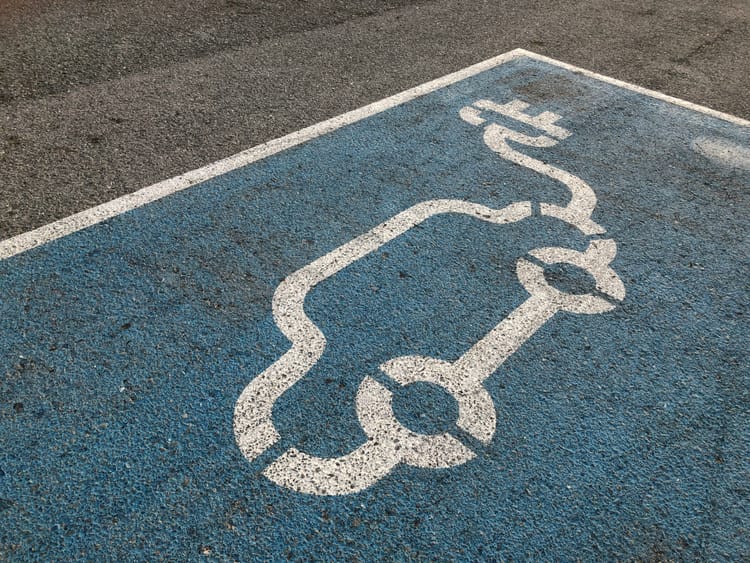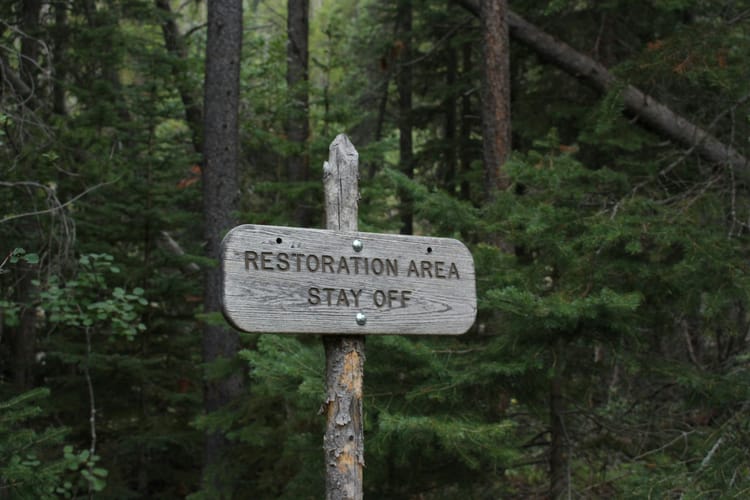Flooring firm Interface sustainability leader Lisa Conway on setting 'impossible-sounding ambitions'

Flooring manufacturer Interface openly says it aspires to be “the most sustainable company in the world” and even aims to “reverse climate change” – a bold ambition for a company that sold almost US$1.3 billion worth of synthetic carpet and resilient flooring in 2022.
But for Lisa Conway, VP of Global Market Sustainability, these “impossible sounding ambitions” are key to fast innovation, customer engagement and employee satisfaction.
Speaking to CSO Futures, she notes that Interface, a publicly traded flooring company employing 3,700 people worldwide, has a track record of setting “crazy” goals. Its founder Ray Anderson was a recognised corporate environmental leader who wrote two books on the topic; he created its ‘Mission Zero’ in the early 1990s in a bid to eliminate negative impact on the environment by 2020, and by doing so, profoundly changed the company’s culture.
‘Climate Take Back’, Interface’s new mission to reverse climate change, was launched in 2016, and Conway says it was exactly what employees wanted. “The great thing about Mission Zero in the early 90s is it sounded crazy, we had no idea how we were going to get there, but they loved that it was this impossible sounding thing that you wouldn't hear from others.”
Towards carbon-negative flooring
Within a year of creating this new mission, Interface had a prototype of its first “carbon negative” carpet tile – “a proof point of how powerful that level of impossible sounding ambition can be,” according to her.
The products Interface calls “carbon negative” are based on the company’s CQuest backings, developed with more bio-based materials and recycled content to result in “net negative” GHG emissions. However, Interface’s Carbon FAQs warn that its new carpet tiles are only carbon negative when using a specific type of CQuest backing (CQuest BioX) and “paired with specialty yarns and tufting processes”.
The reality is that most of Interface’s products still emit more carbon than they store: on a cradle to gate, per square metre basis, carpets and vinyl tiles are responsible for 4.2kg and 9.1kg of CO2 equivalent, respectively.
But the company is definitely making progress: as of 2022, it uses 48% recycled materials and 4% biobased materials across its entire product line. Along with the increased usage of renewable energy to power its operations, this strategy has lowered products’ per metre carbon footprint – which stood at 5.2kg (carpets) and 12.5kg (vinyl tiles) in 2019.
For now, Interface achieves ‘carbon-neutral floors’ (a claim that is third-party certified by WAP Sustainability Consulting) through the purchase of carbon offsets.
Interface ‘not concerned’ about greenwashing risk
In articulating such aggressive climate ambitions, Interface opens itself up to scrutiny – and the company has been the target of greenwashing accusations in the past. “We get called out because we're such a brand leader in sustainability,” Conway admits.
Greenwashing is no longer just a marketing issue, it’s become a legal matter that Interface takes seriously – but she doesn’t seem worried, because the company’s ambitions are backed up by targets approved by the SBTi. (Specifically, it is aiming to reduce absolute Scopes 1 and 2 emissions and Scope 3 emissions from purchased goods and services by 50%, as well as business travel and employee commuting emissions by 30% by 2030, from a 2019 baseline.)
Asked about a 2017 report by non-profit Zero Waste France, which criticised Interface for its low (1.5%) post-consumer recycling rates, Conway replies: “We say we're both pathetic and best in class around circular economy at the same time, because the percentage of sales for material that comes back into the circular economy, whether it be reused or recycled, is pathetic.
“I mean, it's pathetic, globally, for any brand.”
Interface’s main end customers are offices and other commercial buildings. This, Conway explains, severely limits the company’s power in influencing behaviour as carpets tend to be replaced by new companies moving in, not those who chose Interface’s products in the first place.
“This is an area where we've done so much education and marketing around the fact that the product can be returned, and it just doesn't happen,” she laments.
In an attempt to improve circularity, the company “went out of its comfort zone” and supported lobbying efforts to get legislation requiring commercial carpet recycling in the state of California – with positive results. California’s carpet recycling rate stood at 33% in 2022, compared to less than 9% overall in the US.
Interface market sustainability: creating the market it wants to sell into
Interface has split sustainability leadership in two. Director of Global Sustainability Liz Minné is in charge of the company’s internal sustainability efforts, while Conway leads sustainability engagement with the broader market. (Both Minné and Conway report to Nigel Stansfield, who was appointed Chief Innovation and Sustainability Officer in January 2023, and himself reports to CEO Laurel Hurd.)
“The reversal of global warming is not going to be done by Interface,” Conway admits. “We have to use our power of influence.” She leads a global team of seven and regularly engages with stakeholders including large customers like Google and Facebook, as well as NGOs and nonprofits.
“The more we educate our market, the more we're creating a market that we want to sell into,” she adds. According to her, the main obstacles customers face in trying to buy more sustainable flooring are “cost and scheduling” – but the increased emphasis on Scope 3 emissions (including in California’s new climate disclosure laws) is helping her case.
“The lower carbon footprint we have, the less we contribute to our customers’ Scope 3 emissions, so that's a story that we tell.”
Conway, who trained as an interior designer and worked in sales before finding her passion for sustainability, prides herself in “making climate fun” for employees and customers.
She continues: “This is like a super technical field, and it's very easy to lose people, so I'm very keen to communicate things in a way that lands with people, and where they still maintain some sort of optimism.”







Member discussion